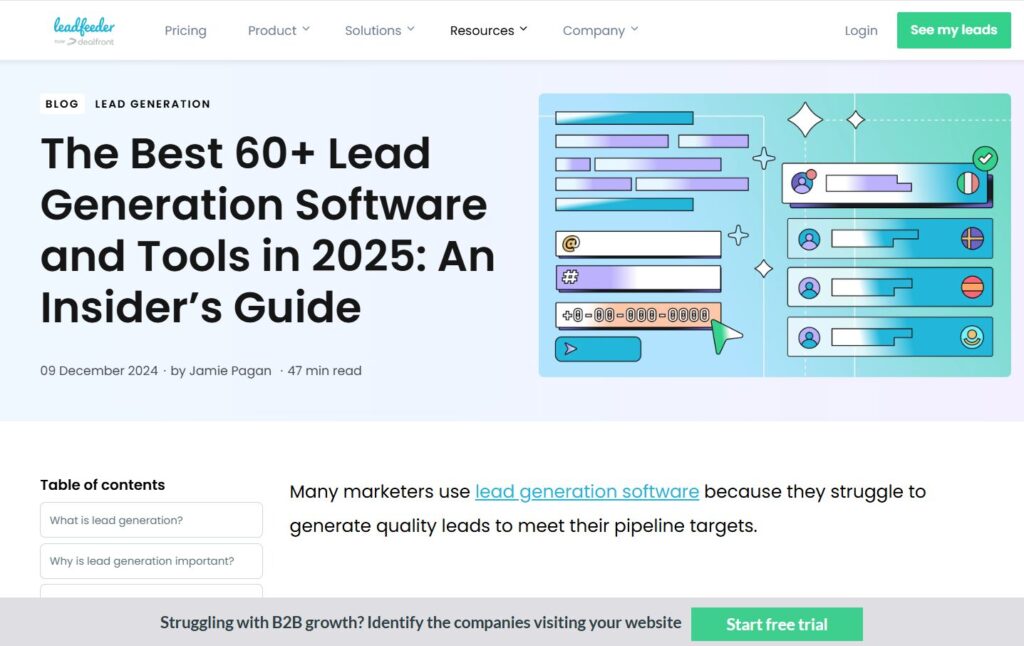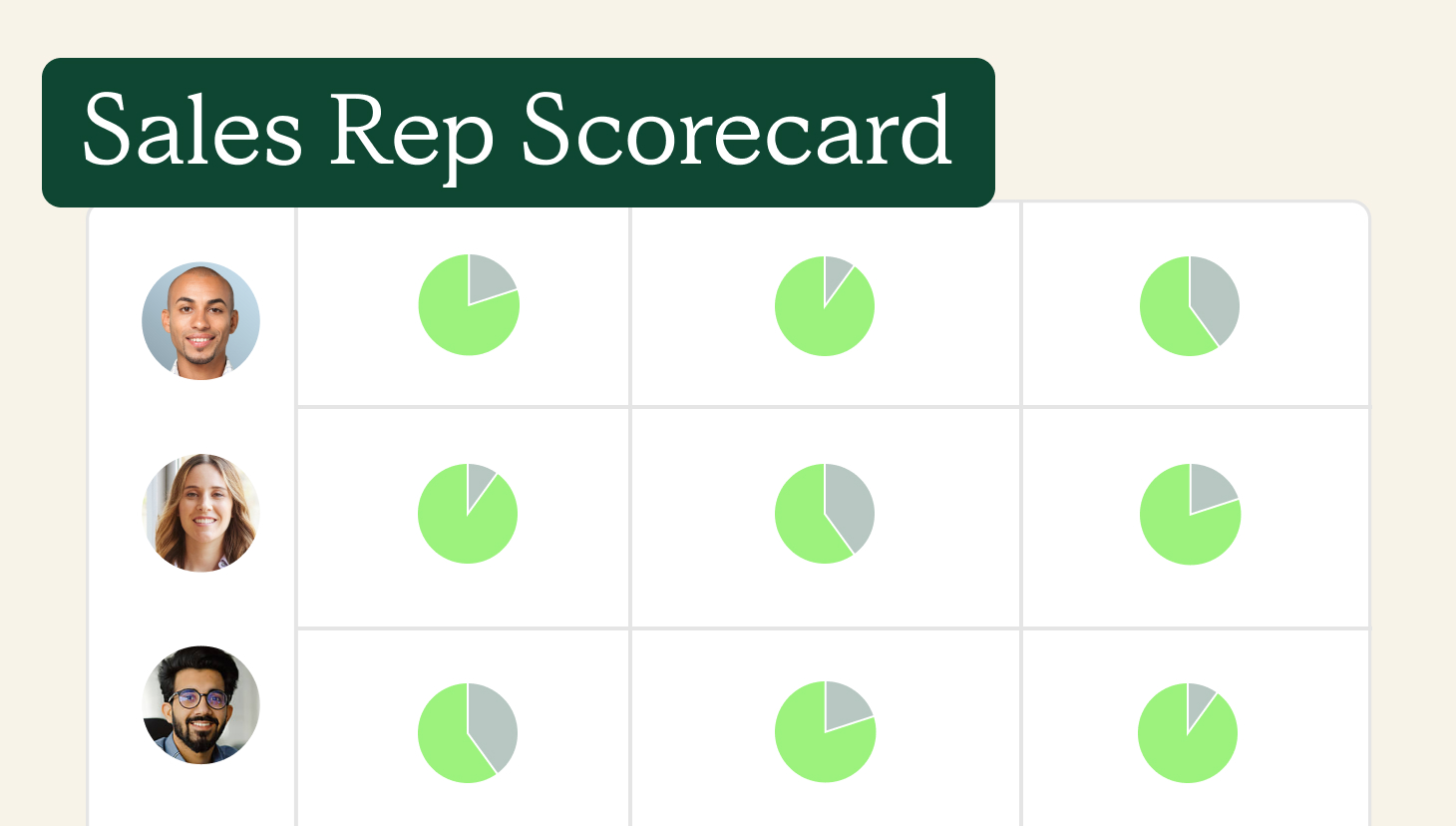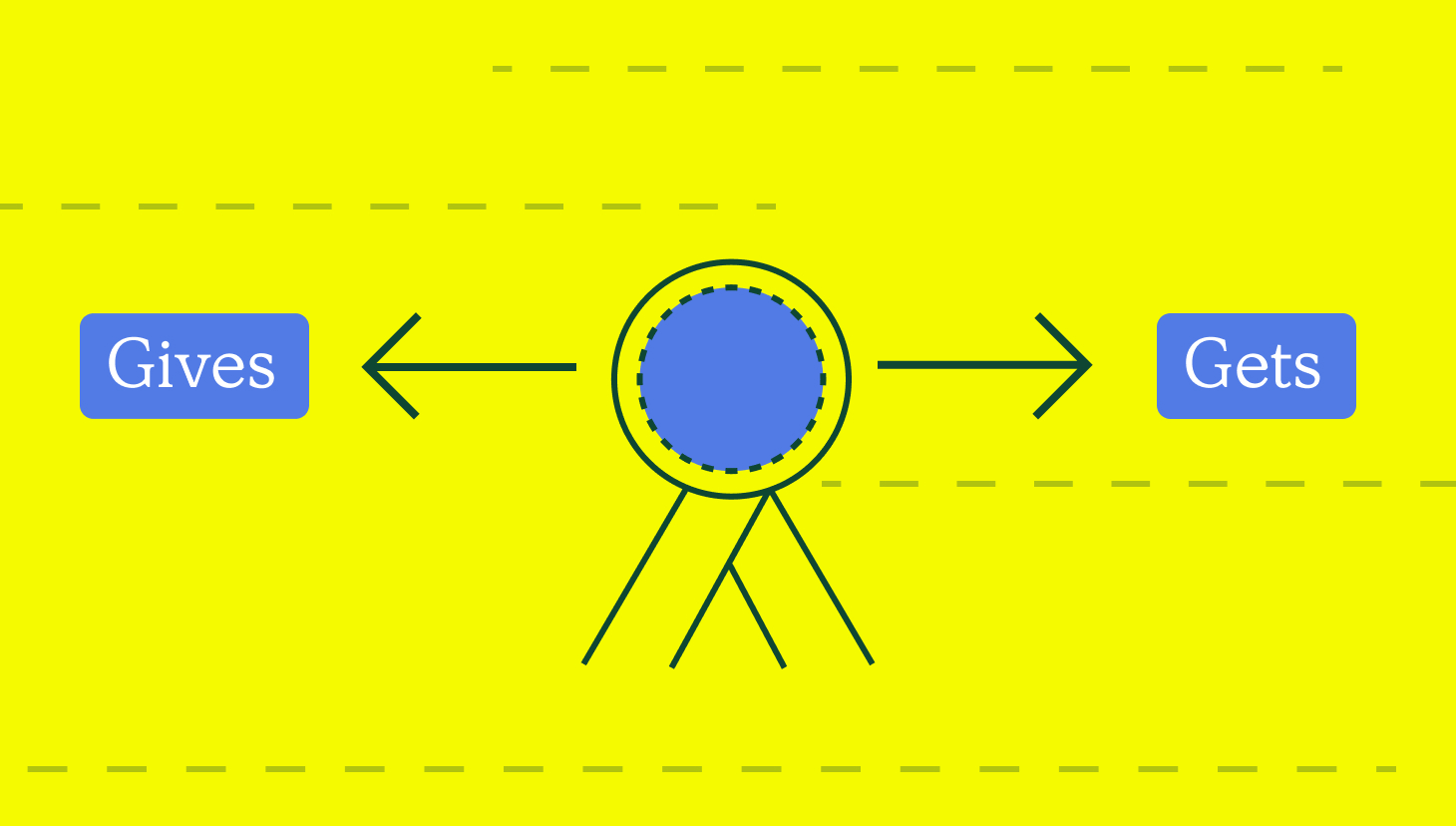Sales teams thrive on data.
From understanding customer behavior to identifying trends, actionable insights are pivotal in driving performance. A sales rep scorecard, a structured framework for tracking key metrics, is one of the most effective tools for keeping teams focused and productive.
By offering a clear snapshot of performance, sales rep scorecards allow businesses to monitor progress toward lead generation goals, identify gaps, and implement data-driven strategies.
Whether you aim to increase the number of target leads, improve conversion rates, or boost overall revenue, scorecards provide the visibility needed to succeed.
Below, we explore how to design, implement, and optimize a sales rep scorecard, ensuring it aligns with your business’s lead generation goals. We’ll look into the components of a successful scorecard, discuss essential tools like lead generation software, and share best practices for continuous improvement.
Streamline commissions for your RevOps, Finance, and Sales teams
Design, track, and manage variable incentives with QuotaPath. Give your RevOps, finance, and sales teams transparency into sales compensation.
Talk to SalesWhy Lead Generation Goals Matter
Lead generation is the cornerstone of any successful business. Even the best side hustles won’t generate profit without a good lead-generation plan.
If your team doesn’t understand how many leads you need to generate, and how those leads convert into revenue for a successful sales strategy, they risk wasting time, effort, and resources. Here’s why lead generation goals matter:
- Focus and Accountability: Setting specific lead generation goals gives sales reps a clear target to aim for. This focus fosters accountability, ensuring everyone on the team knows their role in achieving success.
- Efficient Resource Allocation: Knowing your lead targets helps prioritize high-impact activities. Teams can focus on prospecting channels and tactics that deliver the most significant returns, optimizing the use of time and budget.
- Measurable Progress: Goals provide a benchmark for performance. By tracking metrics like the number of target leads or conversion rates, businesses can assess their progress and pivot strategies as needed.
- Alignment with Business Objectives: Lead generation directly impacts revenue growth. Setting and achieving lead generation goals ensures that sales efforts align with broader company objectives, such as entering new markets or launching new products.
To meet these goals effectively, organizations must implement systems that capture, analyze, and report on performance data.
A well-designed sales rep scorecard serves as the backbone of this process, translating abstract goals into actionable insights. It not only tracks current performance but also identifies opportunities for improvement, ensuring your team stays ahead of the competition.

Components of a Sales Rep Scorecard
A well-crafted sales rep scorecard provides a comprehensive view of individual and team performance. Its effectiveness lies in the metrics it tracks, the clarity of its design, and its alignment with your business’s lead generation objectives. Here are the key components to consider when building a scorecard:
- Lead Metrics: At its core, the scorecard should track the number of leads generated. This can include metrics such as the total number of target leads, leads contacted, and leads qualified. These figures give a clear picture of how well sales reps are filling the pipeline.
- Conversion Rates: While generating leads is important, their quality matters even more. Track conversion rates to measure how effectively leads are moving through the funnel and turning into customers. This highlights areas where sales reps excel and where improvements are needed.
- Activity Tracking: Include metrics for daily sales activities, such as calls made, emails sent, meetings scheduled, and follow-ups completed. These metrics help identify whether reps are maintaining a consistent level of effort.
- Revenue Contributions: Link sales activities to revenue outcomes by tracking how much each rep contributes to closed deals. This ensures the scorecard ties performance to bottom-line results, making it more impactful.
- Customizable KPIs: Different businesses prioritize different metrics. Ensure your scorecard can be tailored to your unique goals, such as tracking performance in specific industries or geographic markets.
Incorporating sales performance analytics into your scorecard ensures that your metrics reflect actionable insights, helping to align sales efforts with lead generation goals.
Building an Effective Scorecard
Creating a sales rep scorecard involves more than just selecting a few metrics—it requires careful planning to ensure the tool meets your team’s unique needs.
A well-thought-out scorecard provides clarity, fosters accountability, and drives results when implemented correctly. Follow these steps to build a scorecard that maximizes your team’s potential:
- Define Clear Objectives
Start by identifying what you want to achieve with your scorecard. Whether it’s tracking the number of target leads or improving customer conversion rates, your objectives should be specific, measurable, and aligned with your overall sales strategy. Clearly defined goals ensure the scorecard remains focused and actionable, giving your team a clear direction.
- Identify Relevant Metrics
Choose metrics that reflect both individual and team performance. Metrics such as activity tracking, lead quality, and revenue contributions provide a comprehensive view of progress and help identify areas for improvement. Remember to prioritize metrics that directly align with your business goals to maintain the scorecard’s relevance.
- Incorporate Tools and Technology
Leverage lead generation software and automated marketing tools to streamline data collection and analysis. These technologies can save time and ensure accuracy, allowing sales reps to focus on high-value activities rather than administrative tasks. The integration of tools ensures seamless updates to the scorecard, enhancing its efficiency.
- Ensure Scalability
Your scorecard must be adaptable as your team grows or market conditions evolve. Include customizable elements that can be modified to suit new goals or metrics. Scalability ensures the scorecard remains a long-term asset rather than a short-term fix.
- Focus on Simplicity
While it’s tempting to track every available metric, simplicity is key. A cluttered scorecard can overwhelm your team and dilute its effectiveness. Focus on the metrics that matter most to your goals. Streamlined scorecards are easier to interpret and more likely to be used consistently by your team.
By following these steps, you can design a scorecard that tracks performance and drives meaningful improvements across your sales team. The scorecard becomes an indispensable tool for sustained success when combined with regular reviews and updates.
Tools to Track and Optimize Lead Generation
A sales rep scorecard is only as effective as the tools that support it. The right tools help you track, analyze, and optimize your metrics, ensuring the scorecard delivers actionable insights. Here are some key tools and technologies to consider.
Customer Relationship Management (CRM) Systems
A robust CRM system is essential for tracking interactions with leads and customers. CRMs like Salesforce or HubSpot allow you to monitor the entire sales pipeline, from initial contact to closed deals. They provide the data needed to populate your scorecard with accurate and real-time metrics.
Lead Generation Software
Tools like Leadfeeder help sales reps identify and reach out to target leads. By integrating lead generation software into your workflow, you can ensure a steady influx of quality leads while keeping track of engagement metrics.

Automated Marketing Tools
Automating repetitive tasks like email campaigns and follow-ups ensures that no potential lead slips through the cracks. Tools like Mailchimp or Marketo streamline these processes and allow you to track their effectiveness, adding valuable insights to your scorecard.
Customer Verification API
Ensuring that your leads are legitimate and accurate is crucial for effective lead generation. Using Vonage’s customer verification API, businesses can authenticate customer data in real time, minimizing wasted effort and improving overall lead quality.
Sales Performance Platforms
Platforms like Plecto and Brainshark are specifically designed to track sales performance metrics and visualize performance data. They integrate with other tools, offering centralized dashboards that make it easy to monitor progress toward goals.
Data Analytics Tools
Tools like Tableau or Google Analytics can help you dive deeper into your scorecard data, uncovering trends and opportunities for optimization. These tools enable advanced reporting and predictive analytics, allowing for more strategic decision-making.

By leveraging these technologies, your team can streamline operations, improve lead tracking, and ensure your scorecard reflects accurate and actionable data. Investing in the right tools will not only enhance the scorecard’s effectiveness but also empower your team to achieve its lead-generation goals.
Best Practices for Implementing a Sales Rep Scorecard
Building an effective scorecard is only part of the equation—ensuring its successful implementation is equally important. The following best practices can help you maximize the impact of your scorecard:
- Communicate the Purpose Clearly
Before rolling out the scorecard, explain its purpose and benefits to your sales team. Make it clear that the tool is designed to support them rather than micromanage their work. Additionally, ensure that the goals align with your sales commission structure to incentivize the desired behaviors and outcomes.
Try QuotaPath for free
Try the most collaborative solution to manage, track and payout variable compensation. Calculate commissions and pay your team accurately, and on time.
Start Trial- Train Your Team
Provide comprehensive training on how to use the scorecard and associated tools. This includes understanding the metrics, interpreting the data, and leveraging insights to improve performance.
- Set Realistic Expectations
Ensure that the goals outlined in the scorecard are attainable. Unrealistic targets can demotivate your team, while achievable goals inspire confidence and drive engagement.
- Review and Adjust Regularly
Business goals and market conditions change over time. Regular sales performance reporting ensures that your scorecard remains aligned with evolving business objectives, enabling teams to stay on track toward lead generation goals. Update metrics, tools, or benchmarks as needed.
- Celebrate Successes
Use the scorecard to recognize and reward top performers. Celebrating successes reinforces positive behavior and encourages the entire team to strive for excellence.
- Incorporate Feedback
Gather input from your sales team on the scorecard’s usability and effectiveness. Incorporating their feedback will ensure the tool remains practical and relevant.
By following these best practices, you can foster a culture of transparency, accountability, and continuous improvement. The scorecard will become an integral part of your sales strategy, driving sustained success and helping your team achieve its lead-generation goals.

Leverage Data for Continuous Improvement
Periodic reviews are essential to ensure that your sales rep scorecard remains relevant and effective. As business goals evolve, market conditions shift, or new tools become available, the scorecard must be adjusted to reflect these changes. Regularly analyzing scorecard data allows your team to stay agile and responsive.
Tracking progress on a consistent basis aligns with the financial reporting standard of transparency. By maintaining accurate and up-to-date records, your team can demonstrate accountability to stakeholders and foster trust within the organization.
Transparent reporting also enables leadership to identify trends, predict challenges, and allocate resources effectively.
Additionally, using data to drive continuous improvement empowers your team to experiment with new strategies.
For example, analyzing the success rates of specific outreach methods or lead generation channels can reveal opportunities for optimization. Over time, this iterative approach ensures your sales team stays ahead of the competition and consistently meets its lead generation goals.
Final Thoughts
A sales rep scorecard is more than just a performance-tracking tool—it’s a strategic asset that aligns your team’s efforts with your business’s lead-generation goals. By focusing on the right metrics, leveraging advanced tools, and fostering a culture of continuous improvement, you can empower your sales team to exceed expectations.
As you implement and refine your scorecard, remember that flexibility and transparency are key. Regular reviews, coupled with actionable insights, will ensure your scorecard evolves alongside your business needs.
By integrating tools like lead generation software and maintaining alignment with standards like the financial reporting standard, your team can drive sustainable growth.
A well-designed scorecard can make all the difference.
It keeps your team focused, enhances accountability, and ultimately transforms your lead-generation efforts into measurable success. Start building your sales rep scorecard today, and unlock your team’s full potential.
Author Bio:
David Becker is a Growth Marketing Manager at Leadfeeder, a powerful website visitor analytics software. He helps drive Leadfeeder’s growth strategies and demand generation with a keen focus on mental health and well-being in the workplace. David excels in creating impactful marketing campaigns, analyzing trends, and boosting customer engagement for the team.



